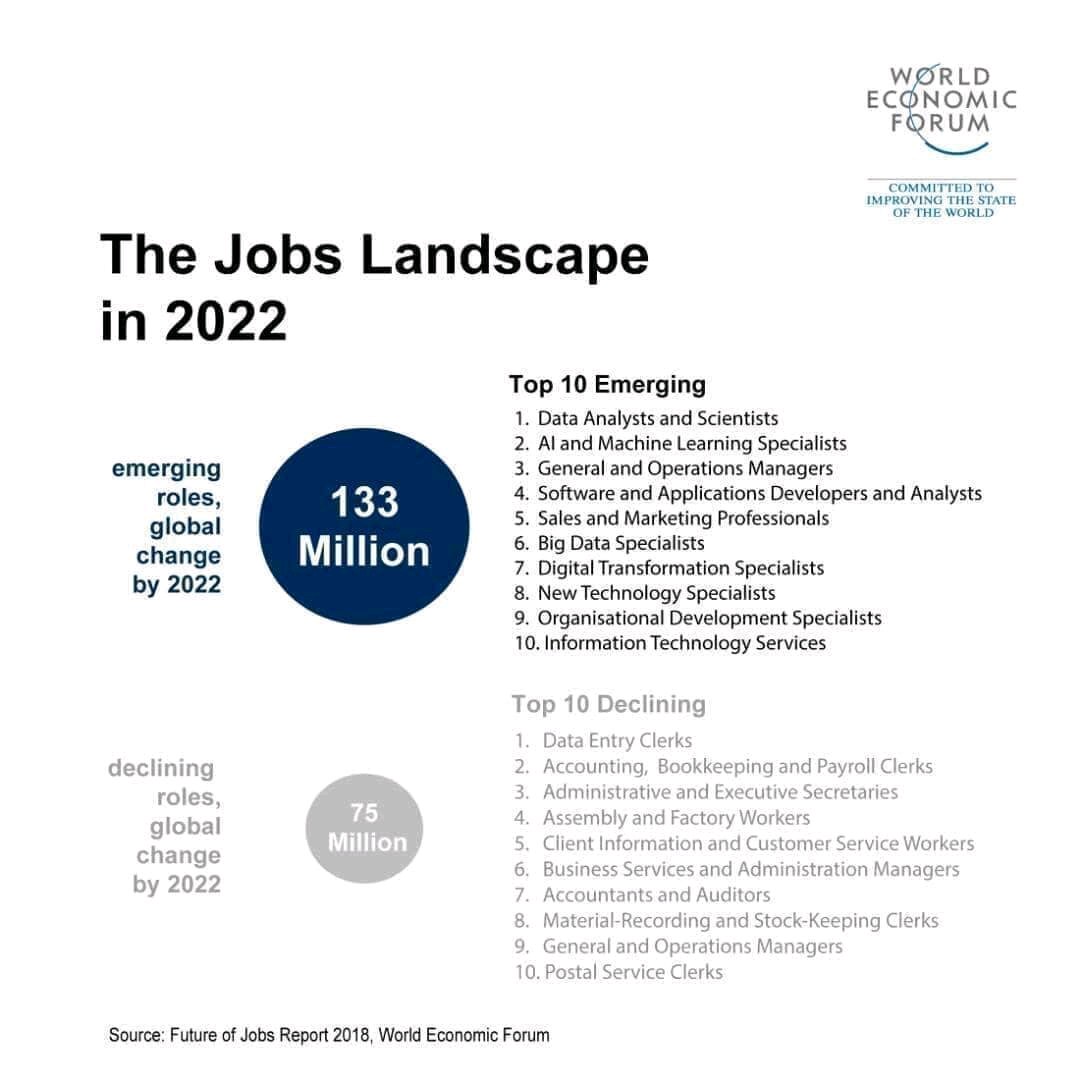
§§§
Every great product begins with an idea—even while the world waits in lockdown. In fact, some of history’s best masterpieces stemmed from periods of isolation, like Sir Isaac Newton’s Theory of Gravity or Victor Hugo’s Les Misérables.
Whether you’re fulfilling a lifelong dream or simply seeking a new income stream, there are ways to get your groundbreaking tech idea to the market today.
Do your planning & research
The first step of software or web development is to appraise the idea itself. Most successful start-ups begin as answers to urgent consumer concerns. They also usually change the way things are done and are therefore called disruptive technologies. To be considered, your tech idea should, therefore, help resolve a relevant problem.
If you are not solving a pressing need, the fanciest invention or service (even with a solid marketing and financial plan) will fail to appeal to your target market. It will also not catch the eye of potential funders.
Many startups fail because visionaries fail to elucidate their idea to the people that can make it a reality.
Next, you should analyze the possible competition. With millions of Apps, DApps, and software developments out there, someone might have already created the same thing. If that’s the case, you could see how your product improves upon its predecessors. It might be a good idea to get your work patented or copyrighted. Likewise, you might want to check to see if the idea has not already been patented.
Of course, transforming this amazing tech idea into reality involves a LOT of planning, too. That’s why you should research and map out an approximate timeline, possible tech builders (if you can’t DIY the work), related APIs, and most importantly, a budget.
Some software developers may offer to partner with you – as your startup’s CTO. This could be for an equity/share in the venture or to provide a discount on the work done. This is a good option if you are still early in the fundraising phase.
Finding the funds
If you don’t have the money to get your idea off the ground, not to worry! There are plenty of other ways to find the funds, such as angel investors, banks, or crowdfunding sites.
While some people rely on traditional loans from banks, others prefer to apply for grants from the government. There are also pages like GoFundMe and Kickstarter, where you can post your idea and crowdfund from private individuals around the world.

For example, Palmer Luckey, founder of Oculus (a virtual reality headset), raised over $2 million using Kickstarter to begin his business. If you instead opt for an angel investor, an individual willing to invest a large sum into budding businesses, studies show that your business is more likely to succeed.
Another form of assistance is to go through a startup incubator. You might want to look up the best ones in your country – but as ideas are not limited geographically – you can join any of the top incubators in the world.
Test & distribute
Finally, after proper planning and fundraising, you can execute and test out your brilliant tech idea. As AOL Founder, Steve Case, once said, “You shouldn’t focus on why you can’t do something, which is what most people do. You should focus on why perhaps you can and be one of the exceptions.”
This stage will also include a working prototype and a few open sessions or what is referred to in tech terms as ‘Beta-testings’. You can collect more insights from potential users to make your product stand out from others – preferably before you launch it.
There are many online tools to help you in this phase. Most of them offer free trials, so you can get away with using them just for the test period.
Covid-19 is no excuse not to launch a good venture provided it serves a pressing need as mentioned. In fact, projects that address the pandemic directly will indefinitely get preferential treatment when it comes to funding and support.
























 If that sounds impressive you will be further astounded to know that even lower grades of the coin such as the proof 66 5 Rand Mandela cost 735 Rands ($62) in 2006. It then commanded growth of over an astonishing 900%.
If that sounds impressive you will be further astounded to know that even lower grades of the coin such as the proof 66 5 Rand Mandela cost 735 Rands ($62) in 2006. It then commanded growth of over an astonishing 900%.